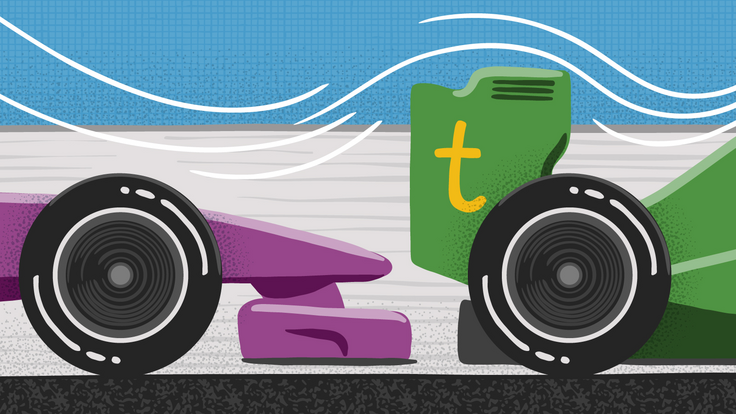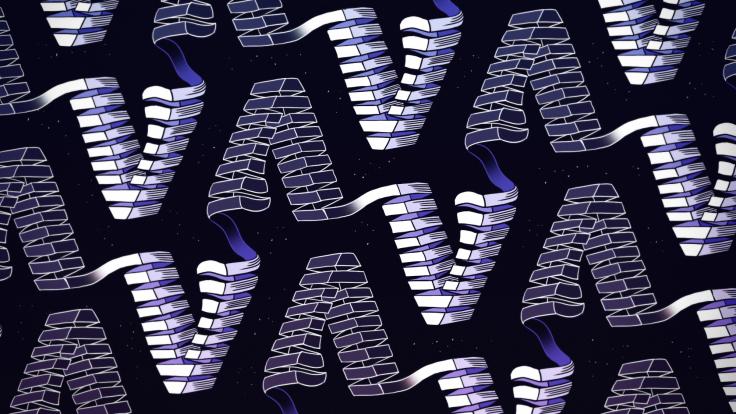
The National High Magnetic Field Laboratory at Florida State University is a member of the Very High Field Superconducting Magnet Collaboration. Scientists use the lab at FSU to advance technologies such as magnetic resonance imaging. Photo courtesy of the National High Magnetic Field Laboratory
This story was originally published in Fermilab Today on Dec. 18, 2009.
At 50 Tesla, a magnet wants to blow itself apart. By understanding the materials in that magnet, scientists working in the Very High Field Superconducting Magnet Collaboration hope to keep it together.
"The energy density of these magnets is getting in the vicinity of dynamite," said collaboration spokesperson David Larbalestier, a scientist at the National High Magnetic Field Laboratory at Florida State University. "Dynamite is safe unless used unsafely, so that's the goal here. We need to understand what we're dealing with."
This collaboration, which spans seven institutions, is looking at novel and complex wires containing a brittle superconducting material called BSCCO2212. Scientists say it's necessary for the next generation of accelerators and could result in cutting-edge technologies for other applications in industry and medicine. The American Recovery and Reinvestment Act funded the first year of the project starting last summer with $2 million.
Larbalestier and Fermilab's Alvin Tollestrup recruited top researchers, then wrote a proposal that would tap into each laboratory's strengths. The collaboration is unique because it brings together a diverse and complementary team of material scientists, physicists, magnet experts and engineers.
"You need to develop a culture in which one can put the hardest views on the table, avoid personalization of disagreement and concentrate on understanding these materials," Larbalestier said.
While prior high-temperature superconductor research has focused on electricity transmission, this project is the first to be magnet-driven, said Bruce Strauss, General Accelerator Development program manager for the Department of Energy.
BSCCO2212 is much more difficult to work with than today's malleable niobium-titanium superconductors. For example, no one knows the optimal way to heat and cool the material, so scientists will run a statistically designed experiment with the dozens of variables that could affect the superconductor, said collaborator Ken Marken from Los Alamos National Laboratory.
"In a sense, it's trial and error, but you also get a bit more useable results," Marken said.
So, which collaborator will have the toughest job?
Tollestrup puts it bluntly: "All of them, and that's the challenge."
by Chris Knight






